SOS- PHOBOS 2
SOS – PHOBOS II is a remote viewing project, that is the collaboration of 4 remote viewers, Jemma, John (Adams), John (Dixon) and Patrick, and myself as project manager, exploring the circumstances under which the last space probe designed by the Soviet Union, Phobos II, went no contact with its Baikonour Ground Control on 27 March 1989.
A little bit more than a month ago what started out as a simple practice target, turned into a project the findings of which you are about to read. I, as the tasker of this project sat down to do a practice remote viewing session, and for that picked a target from the Target Monkey (the target pool of Daz Smith). A few minutes later suspiciously odd data started popping up through the psychic internet (aka the signal line, let’s stay professional). Data describing a curved, rectangular, articled, complex, silver-grey, metallic manmade structure (nothing too odd about that), a stinky, rancid, sulfurous, faux-smelling, round orange land (sorry Mars, you really stink) and an energetic scrambled egg. Wait what?! Yes, you read that right, a horizontal, flattened, round, expanding, fizzy, poppy disk-shaped unknown oozing out energy, AOL a scrambled egg.

Puzzled from the odd data, I went back to Daz’s page to check the feedback which read:
Phobos II satellite loss, March 27 1989
Move to the optimum position/location and describe the event as it unfolds. Describe the event that led to the loss of the satellite.
Okay, so the round orange rancid land is Mars, makes sense, and the manmade is probably Phobos II. But what is that scrambled egg? The feedback only contained the cue, the artistic illustration of the target satellite as it hovers between Mars and one of its’ moons, Phobos as shown below and a Wikipedia link.

The Wikipedia link was not indulging me with too much detail either:
Phobos II was the last space probe designed by the Soviet Union. It was designed to explore the moons of Mars, Phobos and Deimos. It was launched on 12 July 1988, and entered orbit on 29 January 1989. Sample image taken by the Phobos II probe. Enhanced image released by the IKI. Taken 430 km away with a resolution of 80–420 m. Phobos II operated nominally throughout its cruise and Mars orbital insertion phases on 29 January 1989, gathering data on the Sun, interplanetary medium, Mars, and Phobos. Phobos II investigated Mars surface and atmosphere and returned 37 images of Phobos with a resolution of up to 40 meters. Shortly before the final phase of the mission, during which the spacecraft was to approach within 50 m of Phobos’ surface and release two landers (One, a mobile hopper, the other, a stationary platform) contact with Phobos II was lost. The mission ended when the spacecraft signal failed to be successfully reacquired on 27 March 1989. The cause of the failure was determined to be a malfunction of the on-board computer.
So, although I was curious as to how the anomalous scrambled egg ended up in my session data, I was ready to reconcile with the fact that it might have been a viewing error, after all, no viewer is 100% correct, and I, with only a year of studying CRV under my belt, am certainly not infallible.
But that project came to be somehow, so you probably wonder why. It might be a sort of professional curiosity, but when coming across targets that seem anomalous in nature, I use the very human internet to check if any other remote viewer or group has remote viewed it in the past.
Bingo! It turns out that not only Ed Riordan had done the target, but in his book “Psi Spies: The True Story of America’s Psychic Warfare Program” Jim Marrs also spills out the fact that a team of military trained viewers have also viewed the ill-fated Phobos II. Their final report, entitled “Enigma Penetration: Soviet Phobos II Space Craft Imaged Anomaly,” was issued on September 29, 1991. (Since the project was done for a private contractor, the report is not publicly available, but we are trying to get a hold of it).
From Ed’s website, it came to my attention that there was some controversy regarding the real cause of the loss of contact with Phobos II. Several of the photos taken by Phobos II show strange anomalies on both Mars and its moon Phobos. The final photo shows what appears to be a very large object moving towards the small moon. With a bit more surfing I found said anomalous photos:


Are those photos tempered with? Do we see light artefacts, transmission errors, long exposure trailing and the shadow of the moon Phobos on the Martian surface? Or could this be the reason for the anomalous data in the practice session? How will I find out?
My suspicion grew when I came across a set of 6 images taken in 2014 by a Nasa rover, featuring an unknown descending toward the base surface, very similar to what Phobos 2 captured:

Then the idea came to task the target blind to a few remote viewers and see what data comes back. Will the data support the official story of the computer malfunction, or will they also perceive some anomalous activity or unknown elements at the time the loss of contact occurred?
Daz’s original target was split in 2 parts, one concentrating on the event itself and the other on the unknown that appeared on the above pictures:
2856-6552A: Perceive and describe the event that led to the loss of contact with the Phobos II satellite on 27th of March 1989.
2856-6552B: Perceive and describe the unknown that casted the unidentified shadow on the Martian surface as seen on the final 3 frames before contact with Phobos II was mysteriously lost.
The viewers who participated in the project:
Jemma Warner – Jemma has been studying TDS and CRV for about 5 years, has participated in verifiable and semi-verifiable targets as well. You might have come across her Vault sessions, as well as her works with John Adams. She also was a volunteer remote viewer on an operational target (but if we tell you what project, we’d have to kill you).
John Adams – John started exploring remote viewing around 2000. He learned David Morehouse’s stage 1-3 CRV methodology, followed by his stage 1-6 handbook and then ERV. He also surveyed other offerings like TRV, TDS and SRV. His usual approach is a variation of CRV based on what feels natural to him, he is ttill learning and exploring.
John Dixon – John has been studying CRV for over 18 months, trained up to advanced level and has extensive expertise in both verifiable and semi-verifiable targets.
Patrick Flannagan – Patrick has been studying TRV for over 4 years and also dipped his toes into ARV waters. He is most solid in Stages 1 through 4 and has done countless verifiable and semi-verifiable targets.
Each of the viewers did a session on target A and target B, and the eight sessions, when put together, started outlining a series of events very unlike how the official story of the ill fated Phobos II-s final day goes.
In her first session Jemma immediately connects to an environment that is hard, rocky, foggy and smokey, with a temperature that feels cool to cold, and strange hissing, rustling sounds. She has an impression of being outside, and not long after that the first depiction of a strange disc shaped form appears in her session:

We are holding off some crucial findings of her first session and will discuss those in later parts of this article, for now we only add that in stage 3 of her session she noted impressions like focused, patrolling, protecting, a sense of threat or danger connected to some energetics at target site, and the feeling that something “goes deep”. In his session on target A, John A. first picks up on a manmade object, that he goes on to describe as smooth, large, curving, AOL steel or iron structure, metal beams, monotone, monochrome, curved, curvilinear. Now that data can very well be data pertaining to the satellite Phobos II, however an additional note he makes on the first page about a beacon/light present at the target and an AOL drawing suggests he might be picking up on more than Phobos II.

John proceeds to describe an event that involves aerodynamics, radar, an across energy that reaches a planar surface, and impressions that he sums up in words like some sort of fast motion, resulting in a drop-off and a “heap”, debris on a base surface.



For the same reason as mentioned in the case of Jemma’s first session, we will leave some parts of John’s first session for later discussion, here we point out that the viewer AOL-ed Mars on page 6 of his session, and summed up his aesthetic impact of the first target on page 10, where he goes on to write:

“Energetic pulse and then a landing in the middle of nowhere akin to teleporting in Star Trek”
John D. also focuses on a manmade structure in their session for target A, describing it as hook-like, curved, smooth, lumpy, aerodynamic, flashy, with a smell of aluminum giving off a sharp sonic whistle above a rocky terrain. With an AOL UFO landing/crash set aside, on page 5 he provides the following drawing of what they perceive is going on at the target site:

On page 6 he clarifies the impressions further noting it is a dive or vertical drop. The target location is described as barren, elusive, quiet. On page 8 of his session, he notes down impressions of hot, quick, warm, glow and a diagonal, zig-zaggy movement.

On page 10 he AOL-s the target as satellite and describe the main elements of the target as a structure with metallic and magnetic components and (similarly to data in John A.’s session), an energy that is focused, laser-type, and vacuum-tube like (see John’s drawing of the across energy few paragraphs above).

On pages 10 and 11 John draws a timeline of events, that involves dangerous deep blackish purple lights, a loss of connection, melting, skipping across and crashing.
Patrick arrives at the target assuming a different vantage point than the other viewers, his point of view to look at the target event seems to be from the moon Phobos itself, given he describes the environment he perceives as dim, dark, quiet, still, dusty, dry, rugged, with an airless quality, located in space with a land that feels irregular, flat, grey, bumpy, hard, dusty, AOL-ing the Moon several times and declaring as AI “I Feel I’m on another planet like Moon.. in space”.
He distinguishes the presence of 2 manmade structures (“I feel 2 different manmade here stand out”) at target location. The first structure (which from the descriptors is assumed to be the Phobos II satellite) he describes as having angular, flat parts, a head, grey color, a shape that is longer in length and metallic texture.

He perceives that the second manmade is hiding, observing or watching the first manmade from a distance.

In her session for target B Jemma again finds herself in a harsh environment, using descriptors like hard, rocky, cool, breezy where it is “difficult to breathe, perhaps not much oxygen”. From her descriptors it seems she is also picking up on different manmade structures, for certain of her descriptors do fit the Phobos II satellite (white, grey, black, blue, metallic), while others describe a very different shape. Her notice of a swaying nauseating motion and her AI hindrance and later bad event sums up the fate of Phobos II aptly. She seconds Patrick with the notion that something is “hidden in plain sight” at target, just as Patrick mentioned a feeling that a manmade structure is hiding, observing, or watching Phobos II. She picks up chaotic sounds, machinery sounds, and explosion and a dusty mushroom cloud.


She states “I feel like I am watching something fall. Or something getting buried in the earth”. And like with her session one, some of her additional more unexpected findings will be shown later in the article, in tandem with matching data of the other viewers.
In his session for target B John A. declares an energetic gestalt first, that he than goes on to describe as circular, energetic, pulsed, expanded, droning, also noting that he is not entirely sure if what he is perceiving is mechanical or energetic in nature. On pages 2 and 3, he adds to the descriptors the notions of twisting, turning (maneuvering), the execution (carrying out) of something and a removal operation. His drawing on page 2 shows a nut shaped object:

He then notes relevant data like something traveling through the atmosphere at high speed, a tunnel, a trailing down, descending, coming down motion and he again AOLs crash or landing site and Mars on page 2 of his session.
On page 5 he returns to describe a metallic, circular form of technology, that looks like a wind vein, that has precision, measurement, skill involved and that he perceives as being aimed, oriented.

As he explores the nature and the players behind the technology he perceives (to be discussed a bit later still), he AOL-s a “super violent attack”, and after he makes a move 100’ above the target, he again describes a reddish tinged desolate base surface, AOL naming the target location as Mars, and in a note clarifies that what he perceived thus far seems to be a form of an advanced weaponry technology.
In his session for target B John D. first gives us descriptors such as lumpy, groovy, hard, long, pointy and tip-top (which is actually how the Moon Phobos, below which the event has taken place, looks like).

He then goes on to describe a disk/oval shaped, flashy luminous, multicolored unknown, with the AOLs Beacon and Rainbow. Part of his Stage 3 drawing on page 6 shows a disk-shaped object resting on a barren looking base surface.


For other findings in his session, we shall return a bit later.
In his session for target B, Patrick declares (amongst others) manmade and energetic gestalts, which he starts describing as red, wine colors, dim dark, soft shiny, light, radiant, growing luminous, CenterPoint outwards, curving, hexagonal, energetic light, flashing, centered, glowing bright, outwards, frequency, expanding, radiating lines from the center, with an AOL supernova. His AI-s are the idea of infrared like light coming from center to outwards and a funnel feeling that he feels pulled toward. As he further explores the target, he moves closer to the glowing unknown and describes it having an orb like radiance and puts down AOL-s such as Travelling in space and time and inter-dimensional feel. His most prominent drawing matches almost perfectly the above drawing of John.

To summarize our findings thus far, it appears that there was at least one outside factor involved in the disappearance of the Phobos 2 satellite, so the official stance on it being a result of the vehicle’s malfunction is not supported by our viewers’ data.
The outside factor seems to be either energetic or mechanic in nature, and our viewers described it in a way that gives rise to the possibility of intelligent design and sentient beings behind it.
While our findings do not corroborate the official explanation on what happened to Phobos II, we found many matching elements between our viewers’ data and the findings of the original CRV team who viewed the incident in 1991. Although the original report is not yet at our disposal, we found references of the content of the original report in the book PSI Spies, The True Story of America’s Psychic Warfare Program written by Jim Marrs.
“Six remote viewers were asked to view what really happened in the space near Mars in March 1989. Their final report, entitled “Enigma Penetration: Soviet Phobos II Space Craft Imaged Anomaly,” was issued on September 29, 1991.
The report stated that:
Sometime after entering Martian orbit, the Phobos II space craft appears to have entered an “ADIZ” [Air Defense Interrogation Zone, an electronic zone which protects national boundaries] of sorts, triggering an ensemble of actions in response to its presence: A disc-shaped object (Object 1) arose from the planet’s surface to meet the probe, briefly perused it, then returned to the surface. Another object, already in space, was also attracted. Object 2 moved into close proximity and, in an act having some similarity to an “IFF” [Interrogation, Friend or Foe aircraft transponder] query, directed a very powerful, wide, and penetrating particle beam into the interior of the spacecraft. Shortly afterwards, Object 2 departed. The directed energy was neither reflected nor absorbed by the probe’s skin. However, the beam inflicted serious damage upon the space craft’s electronic components, altering or rearranging their material structure at the molecular level to such a degree that circuits became paralyzed, in turn rendering many systems dysfunctional.
Phobos II attempted to “fix itself,” but became even more paralyzed in the process, creating short circuits and locking up servo mechanisms. Continued ground commands caused chaos, exacerbating the already hopeless situation. Subsequently, Phobos II underwent a radical course change, after which—in a totally random event—a small meteoroid administered the coup de grace, effecting catastrophic damage to the spacecraft.
At no time did the viewers detect hostile intent in connection with the (re)actions of Objects 1 and 2. Moreover, unintentional damage notwithstanding, Phobos II—an “alien” object—seems to have merited merely passing interest and cursory inspection. There are certain perceptions attendant with viewing Objects 1 and 2 that persuade one to label them as “escort vehicle” and “navigational buoy” respectively.
A parallel idea is connected with yet another object that viewers detected on the Martian surface during this project. This takes the form of a tall, pyramid-shaped edifice, which serves as a type of “corner reflector” or “glide path homing transponder,” a passive navigational aid. It designates a site around which much or all of this activity seems to focus. In the vicinity of this marker, beneath the Martian surface, something is existing—something living—that is periodically visited by “others” on “caretaking” missions. Perceptions that are strongly connected with this resident life form include: ancient, marooned, and desperation combined with associated ideas of tremendous tragedy, grief, and pathos”
Our viewers’ data differs on two points:
- none of our viewers reported data that would suggest that a small meteorite like object was the direct cause of the disappearance of Phobos II
- our viewers did however perceive the disc-shaped object and the directed energy as being the cause of the incident and most of the viewers reported a somewhat malicious or hostile intent.
The last paragraph of the quoted summary and the mention of habitats and sentience potentially being present on Mars brings us to finally discussing what we have so far been holding off on: the viewers’ data pertaining to by whom, or possibly why the Phobos II was intercepted and taken down.
From Jim’s summary, we found out that “beneath the Martian surface, something is existing—something living—that is periodically visited by “others” on “caretaking” missions. Perceptions that are strongly connected with this resident life form include: ancient, marooned, and desperation combined with associated ideas of tremendous tragedy, grief, and pathos”
In his session summary, Ed Riordan also writes the following about his perception of biological life forms associated with the target site:
“I perceived a colony of organic biological life forms at the site, which were in a type of incubation process. Some of the life forms were flawed and being rejected, while the rest were being pulled back into itself as if filtering out what was not its own. It appeared that the incubation process and growth rate were dependent on climate and fluctuating temperatures. The life forms had a spongy texture, which was moldy and porous”. His session mentions in detail a specific selection process of biologicals (that he names as “little babies”), and concepts such as engineering and growth rate. Could he be talking about genetic engineering processes? After watching through his entire session, we cannot seem but wonder.
So how does our viewers’ data tie in to all that?
Jemma in her first session declares a biological gestalt and notes down that target location gives her the sensation of a habitat, with biological life forms preying on each other. With respect to the most significant biological elements of the target, in her sessions she gives us descriptors such as slightly unusual looking, mainly masculine, several of them around, large in stature, wearing a lot of clothes or possibly protective gear, “focused on patrol or protecting something”. The emotional data that she notes down, such as aggressive, violent, competitive, convoluted (AOL Predator) in contrast with fear, anxiety, tension, pain, fight or flight gives rise to the question: are there more than one type or group of biologicals present at target location?
John also notes in his first session that the ground surface has weirdly geometric shapes, that give him the impression of manmade structures (buildings) being present at or near target site. He also picks up biologicals engaged in work. His most prominent AOL with regards to the biologicals perceived at site is Mandalorians. His data also references plants and vegetation, similarly to Jemma, and a common element perceived by all viewers, that will be revealed a few paragraphs below.


John reports data that is very similar in theme to what Ed Riordan perceived with regards to the target. He perceives sentient, intelligent beings at the target site, some of whom he describes as not alive or not conscious, others of whom he describes and draws as being engaged in some form of biology related scientific study like activity, in a lab-like environment.

Patrick dedicates an entire paragraph noting his impressions of the biologicals he perceives associated with the target site: “Intelligence to the target gives me ET vibe, but not the usual feel… something very advanced… I get a sense of powerful minds behind this, laws of quantum universe are understood… not sure what’s going on but complex… players behind this (target) are hard to identify but if human they display knowledge and understanding that’s way advanced”
But where are these biologicals and the vegetation the viewers describe located at? Besides several mentions of caves or underground caverns, the common manmade element that appears in all viewers’ data is that of a dome structure. Jemma describes it as large, cavernous, vast, complex, deep, dome-like in her sessions. Patrick describes a curving, bubbly, light, opaque structure, a curving hexagon like shape, geodesic shape. John also notes down a structure that is curvilinear, overarching, smooth, wide and vast, a shield or a glassy bio-dome.

John also draws what looks like a soft-metallic, glassy domed structure with several floors on two of their drawings.


So data suggests that an ecosphere with probably two different groups of biologicals is present at or near the target site, and location is indicated as possibly a dome-like complex, cavernous structure.
Given the many successful missions of NASA’s Mars exploration program (from the Mariners to the latest mission, Perseverance), sure we should have evidence of structures and intelligent life forms living on our neighboring planet, right? Well, that is a logical stance, as long as we assume our observation and detection capabilities match the obfuscation and shielding capabilities of those we are trying to observe. And this just might not be the case.
I as an analyst was absolutely stunned, when viewers turned in sessions that contained clues whit regards to what might be going on, or why we have close to zero observational evidence on any signs of intelligent activities on Mars.
It was mentioned earlier that both Jemma and Patrick described some form of cloaking or hiding going on at the target just before Phobos II dropped down to become a heap of debris on the Martian surface. Jemma noted down an impression of “Hidden in plain sight”, Patrick that of hiding and observing. Looking through all the data, a plethora of hints and clues emerged such as the mention of a magnetic sphere, something isolating, impenetrable, divesting, fading, ocular, cryptic, tactical, illusions-like. Wait, did you just say illusions? Interestingly, I have not long ago seen a video of a developmental camouflage technology called the Quantum Stealth developed by a Canadian company, Hyperstealth.

Besides the previously listed descriptors, viewers came up with data such as: stopping of energy, eyeball lens, refractory light, light being bent, “Ganzfeld”, inter-dimensional and quantum hole. It is never easy to remote view cutting edge technologies, let alone technologies that might just be outside of the grasp of our current human understanding, but given the fact that current human stealth technologies operate on the premise of light refraction and bending the visible (and in military uses the non visible) light spectra, there is a possibility our viewers were relaying data on why we don’t see a bleep about what really is going on on Mars.
For a brief overview of the project findings we created an image gallery and we also publish the complete, unabridged version of the remote viewing sessions.


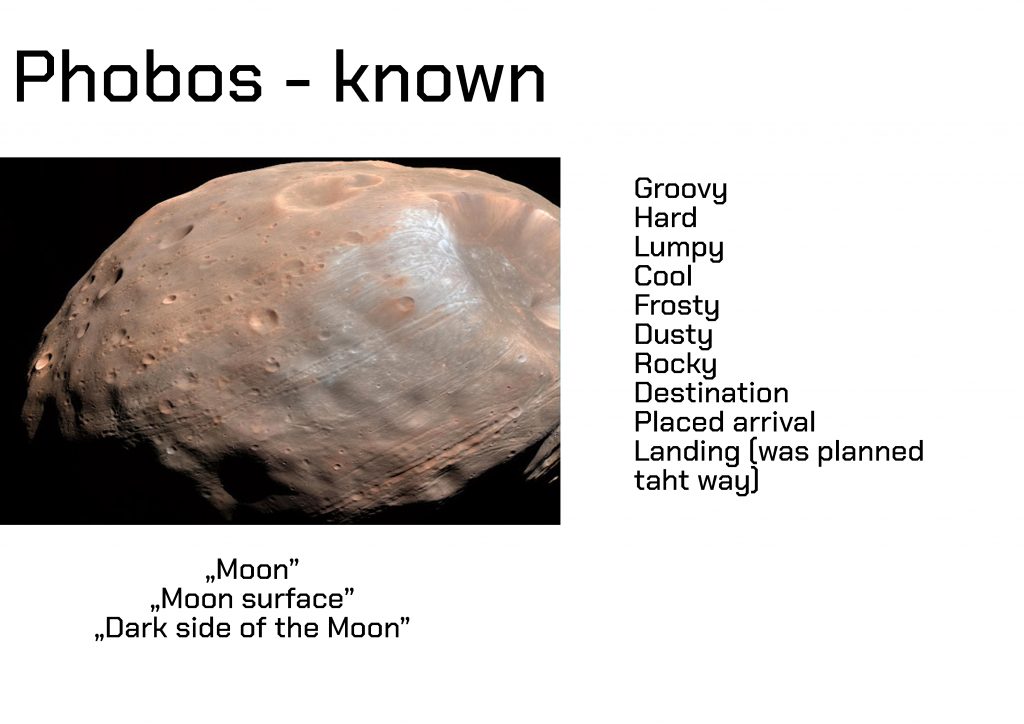

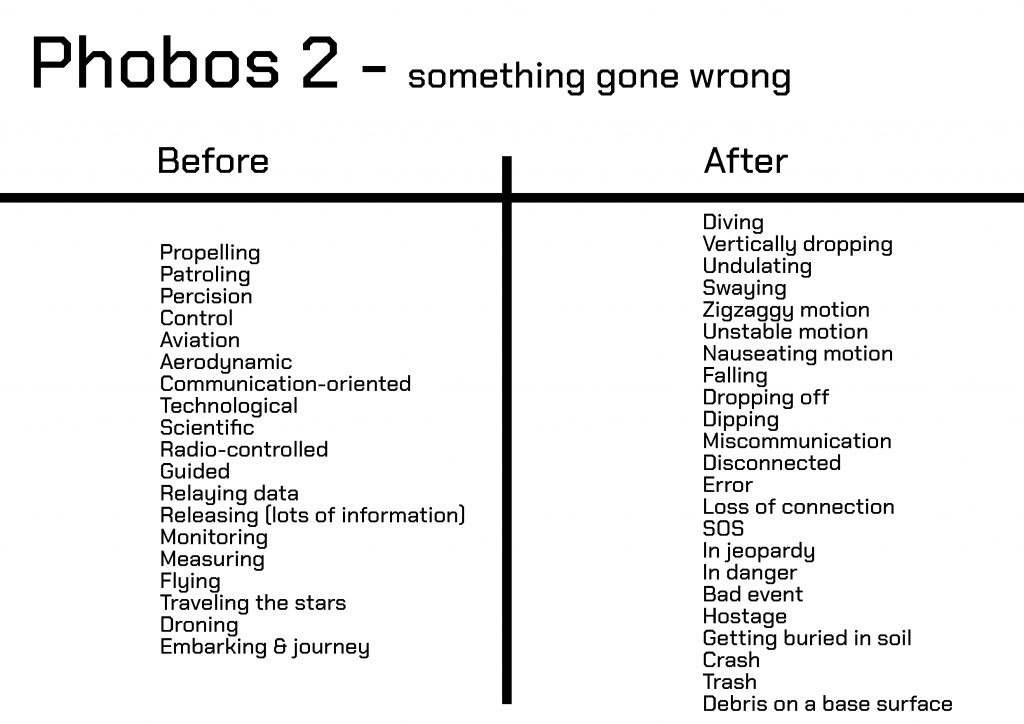




And now the sessions:
If you are interested in some more interesting RV projects, you can visit Advantures in Remote Viewing too, the site where Jemma and John Adams publish some of their independent project works.
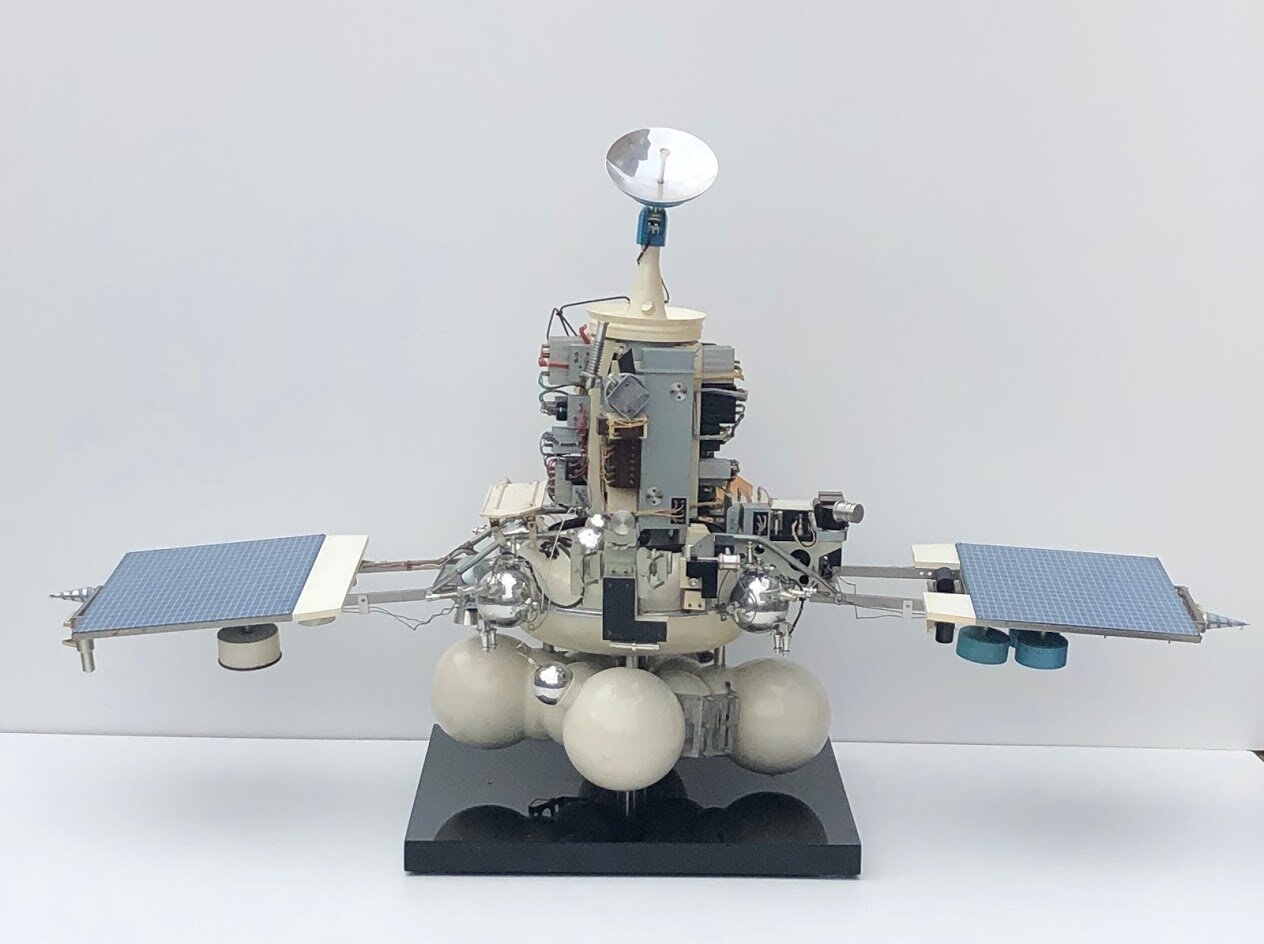
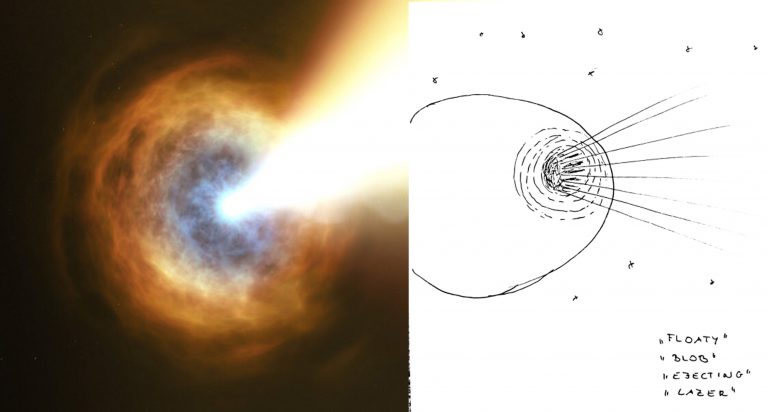



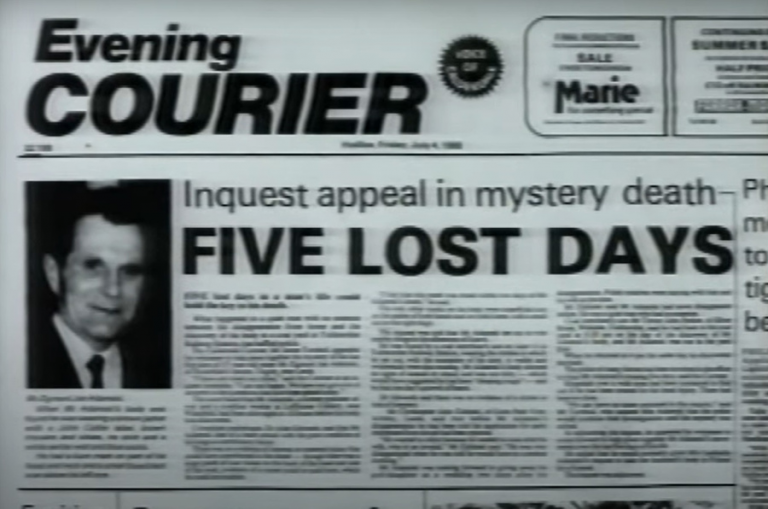

Thank you for sharing. I just watched the interview by Daz Smith. With reference to the last part of this article, I think you should take a look at the books Cosmic Voyage and Cosmic Explorer by Courtney Brown. Books are available for free on Courtneys personal website: http://www.courtneybrown.com